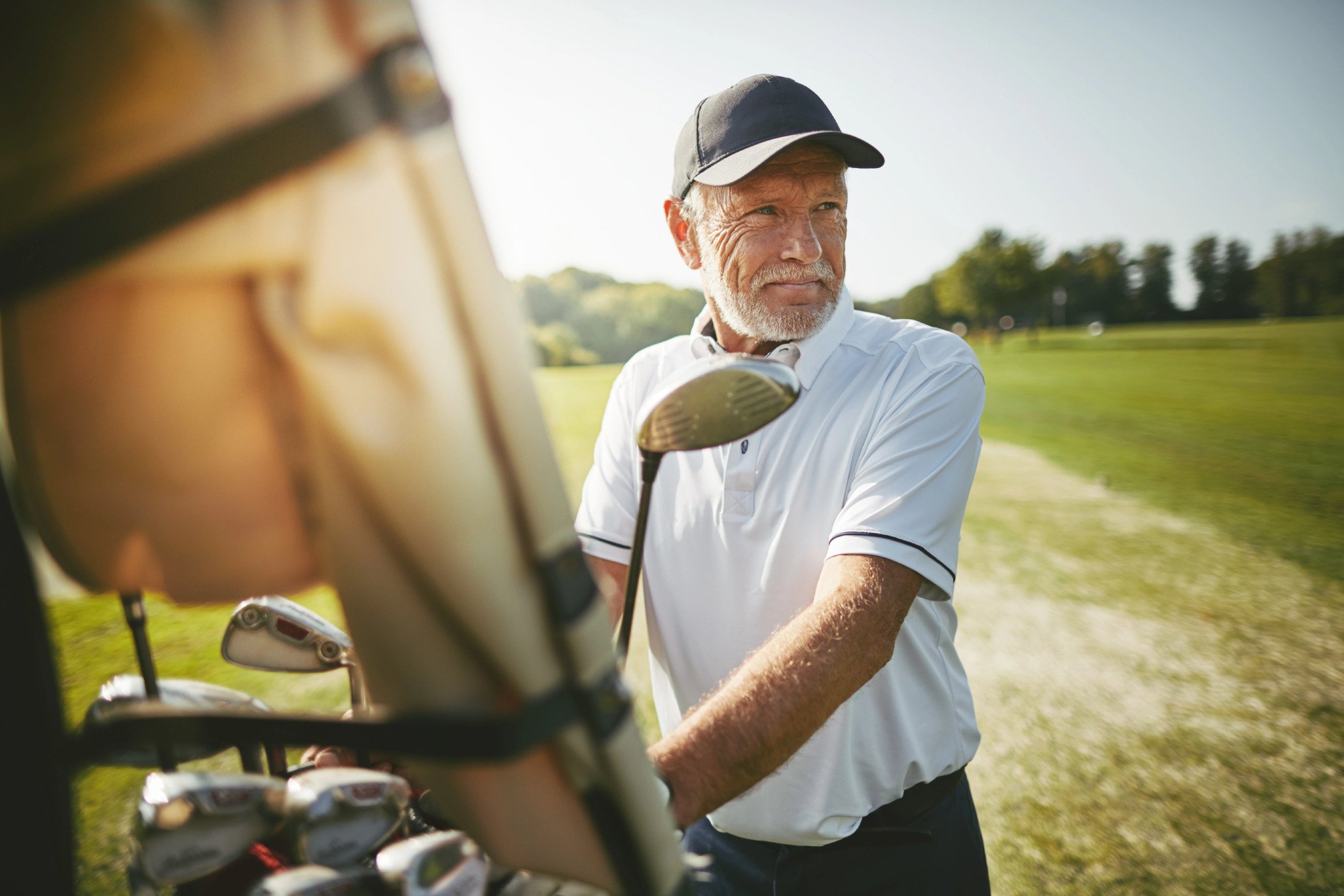The warm summer months often equals more time outdoors. From swimming to gardening, there are countless activities for fun in the sun, but this extra time outside can be damaging to the skin and eyes. The American Academy of Dermatology estimates that melanoma causes almost 8,000 deaths per year, and protecting yourself from the sun’s UV rays is crucial to preventing many skin cancers. Ultraviolet radiation is a form of electromagnetic radiation that comes from the sun or from man-made sources such as tanning beds or welding torches.
The sun emits radiation in three forms of light:
UVC
The Earth’s stratosphere blocks this light from passing through it
UVA
This light has longer wavelengths and penetrates deeply into our skin and causes wrinkling
UVB
This light has shorter wavelengths that penetrate only the outer layer of the skin, this is the radiation that causes sunburns
Both UVA and UVB rays are known to cause skin cancer, so it’s crucial to protect your skin from the sun’s harsh radiation. The UV radiation is highest when the sun’s rays are the strongest, usually around midday. Radiation will be more intense on summer days, in higher altitudes, and near reflective surfaces such as snow or sand. Keep this in mind when enjoying time in the great outdoors.
Overexposure to UV radiation through natural or artificial exposure can cause:
- skin cancer
- cataracts
- damage to the eyes
- skin aging
- growths on the skin
- a suppressed immune system.
These are just a few of the consequences of overexposure, and while the dangers are obvious, there are plenty of ways to stay safe and protect yourself from UV radiation. We’ve compiled a list of recommendations to help prioritize sun safety and your health.
Recommendations For Sun Safety
Protective Clothing
Wearing hats and shade protective clothing can help shield the skin from UV rays. Proper clothing includes long sleeves, pants, hats, and sunglasses to help protect your body, face, and eyes from the sun. When picking out sunglasses remember to look for those labeled for protecting against 99% of UV rays.
Staying in the Shade
Staying in the shade during the hottest times of the day (from 10 a.m. to 4 p.m. in most places) will help you avoid the most intense hours of radiation in the day. Additionally, being close to reflective surfaces such as sand, water, or snow will intensify the sun’s glare, as will higher altitudes.
Choose the Appropriate Sunscreen
Choosing the appropriate sunscreen is important to ensure you are getting the protection you need! Think about the level of activity and sun exposure you expect for the day and select the type of sunscreen that will match the coverage you need.
Reapplying Sunscreen
Reapply sunscreen every two hours if you are outside. Each time you reapply you should be using about a palmful of sunscreen to properly cover your body. If you’re sweating from vigorous activity or swimming you will need to reapply more frequently to fully protect against UV rays.
It is important to protect your skin from the sun every day, even when it seems cloudy outside. Regularly using sunscreen, wearing protective clothing, and avoiding the sun during its most powerful hours are important recommendations to follow to keep your skin and eyes happy and healthy.
For more information regarding UV rays and safety precautions check out these resources:
Be Safe in the Sun
July is UV Safety Awareness Month
UV Safety Awareness Month
Raise Awareness in July for Ultraviolet Safety and Skin Cancer Risk
